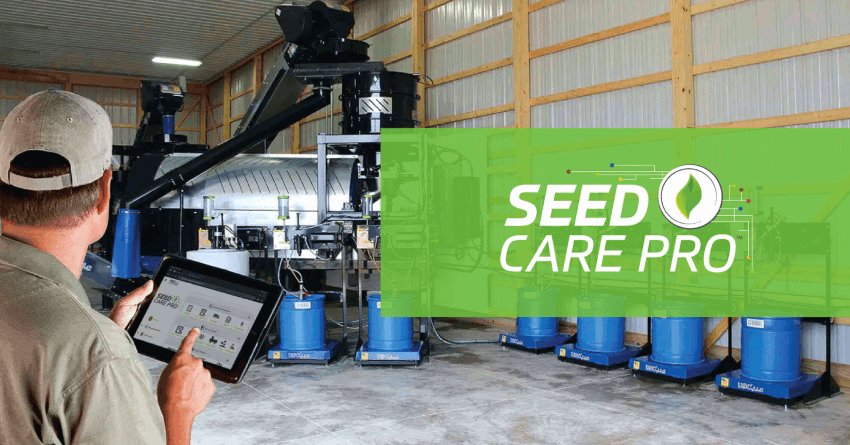Shifting to the Post-Pandemic World: What Does It Mean for the Food Supply Chain?
One of my favorite quotes is from former White House Chief of Staff H.R. Haldeman: “Once the toothpaste is out of the tube, it is hard to get it back in.” I think that quote nicely sums up this last year and the pandemic’s effect on the global economy and how areas of business will be forever changed. During the pandemic, some business segments thrived while others were nearly wiped away.
The winner’s circle for 2020 includes home builders, auto manufacturers, tech companies, media streaming services, logistics, and for some strange reason, toilet paper products. Those hit hardest include the obvious: small business owners, travel industry, entertainment venues, and the accelerated decline of America’s shopping malls.
We may yearn to go “back to normal” but in many business sectors, agriculture included, there is no going back. Even in 2019, with a historically low unemployment rate, we shouldn’t forget we were still challenged going into 2020 with recession warning signs. According to the December 2019 Purdue Ag Econ Report, real output growth slowed over 2018, employment in the manufacturing sector declined, trade conflicts went unresolved resulting in historically high trade deficits, and business investments decreased. All of these signals on top of a global pandemic certainly disrupted the global economic system, but it also opened the door to new ways of doing business for the immediate future.
Online Transactions & Logistics
The drumbeat of purchasing goods online accelerated by leaps and bounds in 2020. During the pandemic, a seismic shift occurred in the food supply chain when demand switched from foodservice to grocery retailers. This shift has contributed to online giant Amazon plowing full steam ahead on new regional distribution centers and DoorDash having a better-than-expected $3.4 billion IPO debut in December. Hundreds of thousands of labor participants will shift to fulfillment and delivery as metropolitan-style delivery systems become standard in the deep suburbs in every state.
Dining out will of course come roaring back after the pandemic subsides, but don’t expect fast-food concepts to ever look the same again. More drive-thru lanes and little to no parking will dominate new construction. These driving lanes will most certainly influence other areas of business where we can sit in our vehicles for a contactless experience.
Delivering crop inputs, produce, and packed goods across the country may become more anonymous and autonomous in our post-pandemic world.
Biotech Product Development
Thanks to Operation Warp Speed, the U.S. was able to go from pandemic to multiple vaccines with FDA approval, manufacturing online and distribution in less than a year. Prior to 2020, only a miracle could have made a vaccine available within a year of a new novel virus appearing. Private and public partnerships in an emergency situation certainly proved miracles do come true.
Currently on the books are mountains of regulation in non-emergency times. A company still must spend millions over multiple years developing the next medicine or crop protection solutions breakthrough. Will this regulatory experiment caused by COVID-19 influence the biotech development timeline within the FDA and EPA?
Remote Office Space
The wonderful world of agriculture is forged both in the field and in the office. While the field still provides proper social distancing for the grower, the contemporary open office space does not. For those of us in agriculture that work in a corporate office environment, many of us adjusted seamlessly into our respective home offices. Amazingly, we did so without any rules or regulations like we see with all other areas of our daily lives in these pandemic times.
While we are holed up in our remote locations, broadband is expanding and existing data networks are upgrading to superfast 5G services. What seemed like a novelty not too long ago, video conferencing has now displaced the antiquated conference calls. A meeting space today seems like a monumental waste of square footage if we can all gather around a computer monitor instead. The office seems so long ago. Is the copier still even a thing?
I prefer in-person collaboration, but when the CFO calculates cost-savings models from no rent and no travel, working remotely will be difficult to ignore. This shift to a remote office will be the new normal for many workers. How will this pivot change the way we view our large trade shows, customer events, and networking?
Product innovation, logistics, and how we work are just a few of the areas of business that are shifting under our feet in real time. Whatever the post-pandemic world brings, our way of doing business in many segments will be changed forever. The toothpaste, now purchased online with contactless delivery to your door, is clearly out of the tube.






